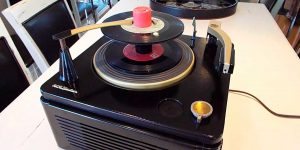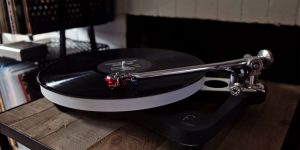Today, we will discuss one interesting and useful feature of a vinyl turntable. The auto-stop feature safeguards your records, extends the lifespan of your stylus, and makes the process of your listening sessions much more convenient by automating it. So, let’s delve into what auto stop is on a record player, how this feature works, and why you might want to get a turntable with auto stop. As usual, we will start with theory and basic concepts so that you can delve deeper into the essence of this topic.
What is the auto-stop feature?
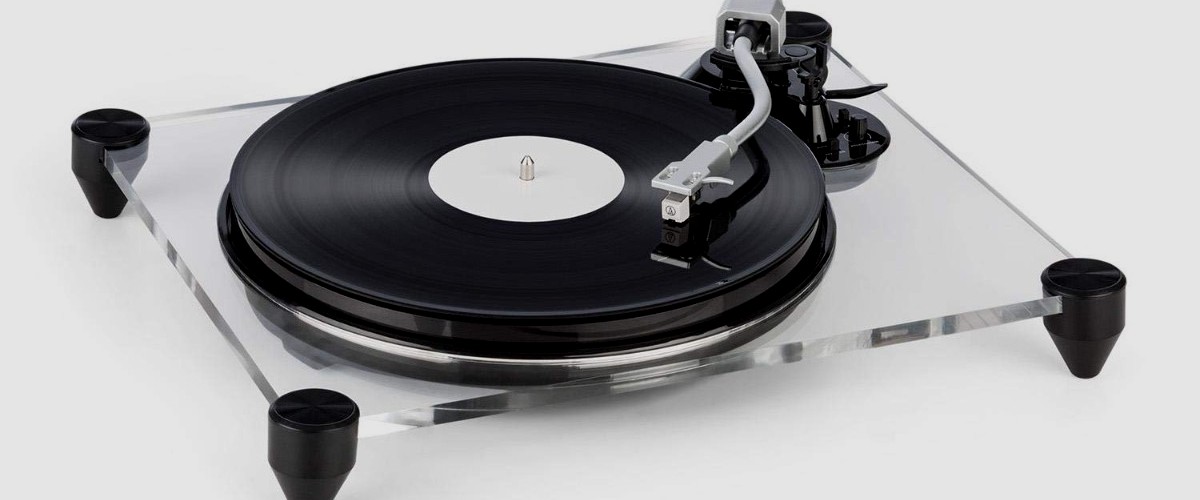
This feature automatically stops the record’s spinning after it reaches the end of a side. Primarily, it is designed to prevent the needle from continuously playing in the run-out groove or against the label to preserve the needle condition and the record as this could damage both.
Its mechanism is quite simple. For the auto-stop function to work, a switch on the back of the turntable must be turned on. Once the switch is turned on, a sensor is activated to detect when the tonearm will be lifted off of the record. When the sensor detects that the tonearm is up, it signals the motor to stop the platter from spinning. Eventually, after the record is over, it will take about 30 seconds or ten rotations for the platter to stop fully.
You should remember that specific functionalities and features may vary among different models and brands of record players. Therefore, I advise you not to press all the buttons in a row but first study the user manual to get information about how the autostop function works in your particular model.
Advantages of the auto-stop function
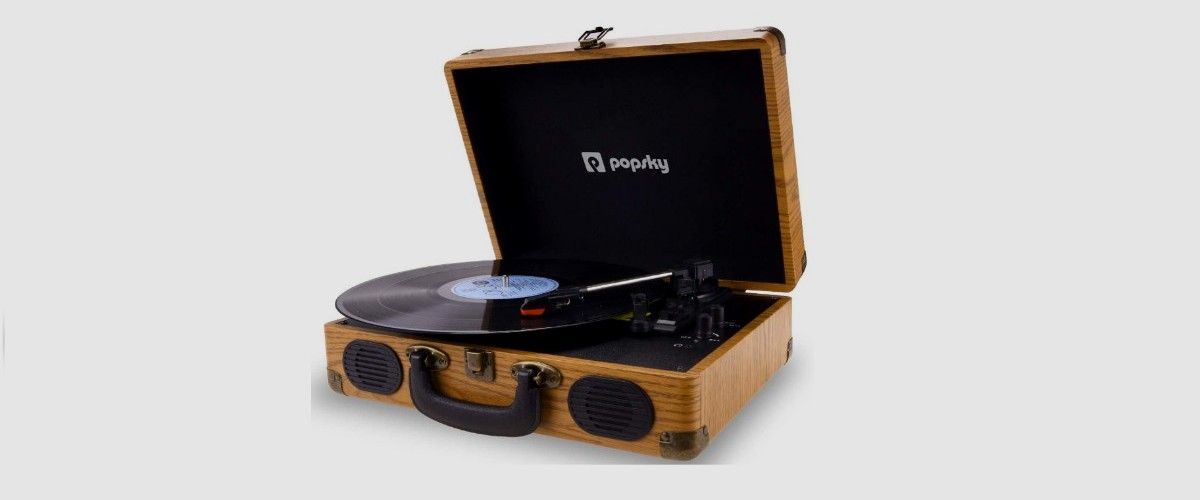
This feature has multiple advantages. For example, auto-stop helps to avoid unnecessary wear and potential damage to both the needle and the record. Moreover, it adds convenience for users(who don’t value manual interaction, as audiophiles do) by automatically stopping the turntable and eliminating the need for manual intervention. This allows listeners to enjoy their music without worrying about monitoring the playback. Plus, this option stops the motor when it is not needed, making the belt and the motor last longer.
Disadvantages of the auto-stop function
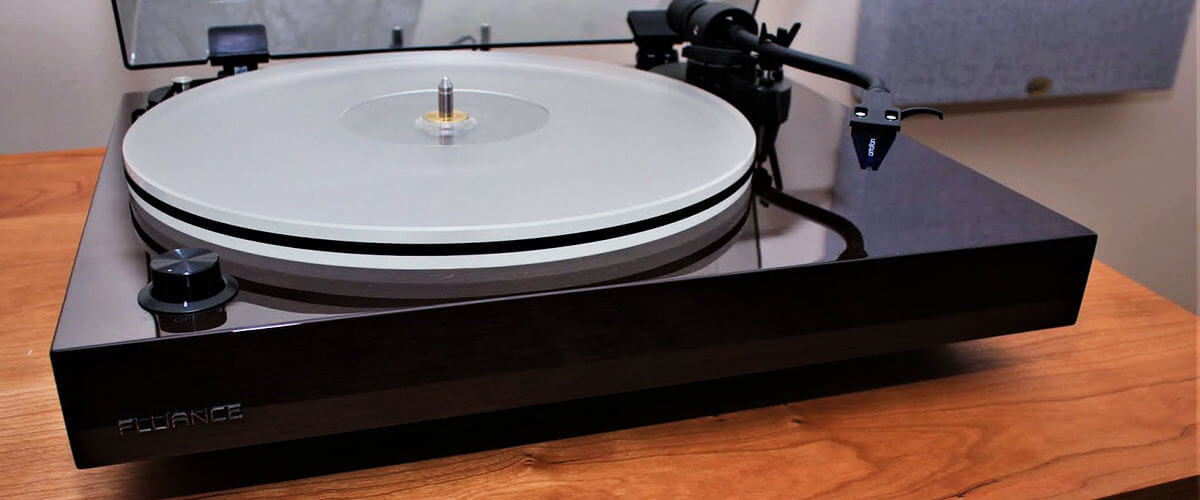
I think it’s important to mention some potential disadvantages. For instance, an auto-stop may be limiting for people who want precise control over the playback. Also, those automatic mechanisms add complexity to the mechanical design and maintenance of the turntable. Moreover, as not all records are the same size, they may not trigger the auto-stop function correctly, which can lead to issues when the turntable doesn’t stop the spin. And finally, for users who prioritize cost over additional features, these turntables might be less appealing because these models are more expensive.
So, is auto-stop required?
Honestly, the answer depends on your personal preferences. For example, if you want the safety of an automatic stop function but don’t want to pay for a fully automatic turntable, the auto-stop function is a great middle-ground. However, if you feel this feature will limit your control over the device, you like manual operation, or it doesn’t work with all your records, buying a turntable without it is better. Evaluate the pros and cons and make an informed decision.

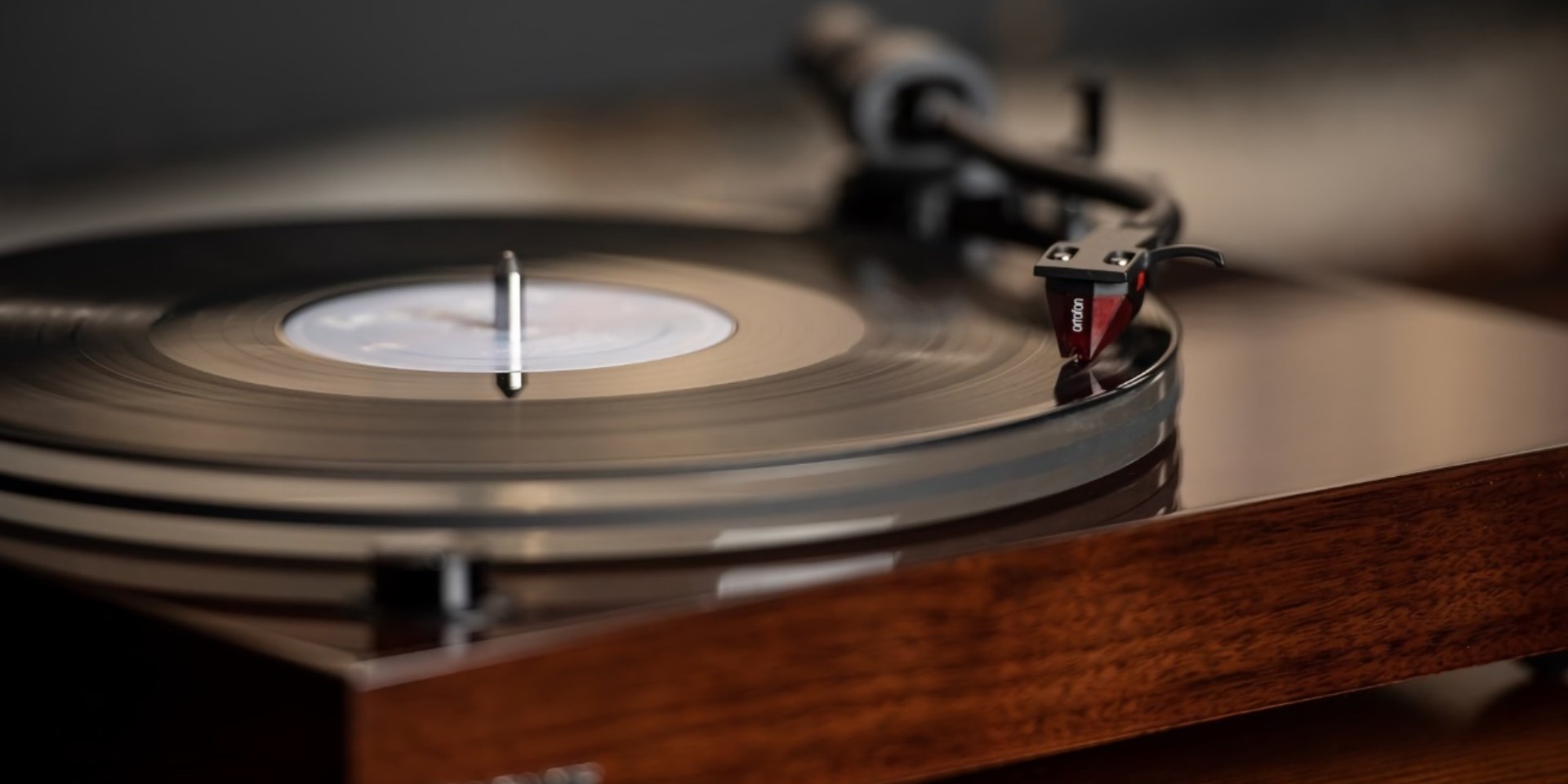


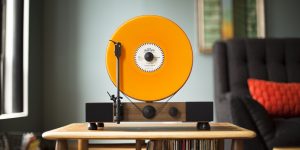
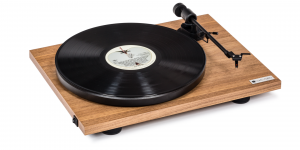


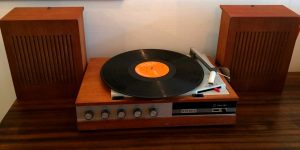

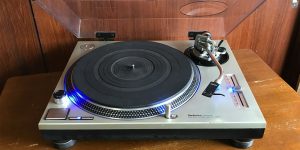
![Connect a Turntable to Your Wireless Bluetooth Speakers [Easy Guide]](https://www.vinylrecordday.org/wp-content/uploads/2021/12/tuntable-and-sonos-speaker-300x150.jpg)
